In Dungeons & Dragons, creatures come in all shapes, sizes, and supernatural forms, from terrifying dragons to mischievous fey. Understanding creature types is essential for both Dungeon Masters and players, as many spells, abilities, and class features interact differently depending on a creature’s classification.
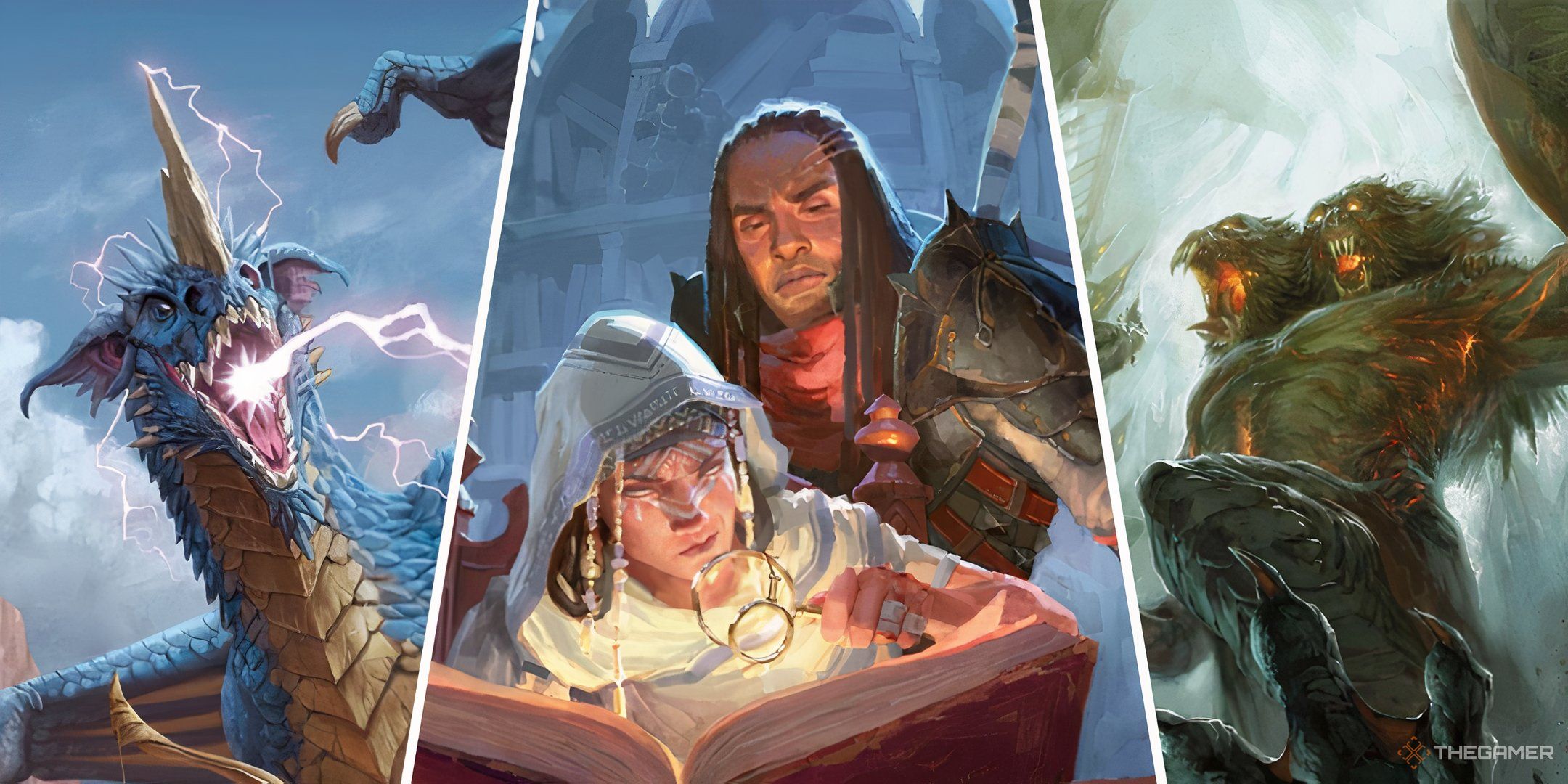
Related
Dungeons & Dragons: The 20 Best Adventures For Low-Level Parties
These adventures are perfect for low-level D&D parties.
Each type defines a creature’s fundamental nature, influencing its traits, abilities, and even how it fits into the world’s lore. Whether you’re battling fiends from the Nine Hells or negotiating with ancient giants, knowing what makes each creature type unique can shape your strategy and storytelling. Here’s every creature type as found in the 2024 Monster Manual, explained.
14
Aberration
Beings From Beyond Comprehension
Aberrations are creatures of alien origin, often defying the natural laws of reality. Their bizarre forms and unsettling abilities reflect their connection to the Far Realm, a strange place beyond the multiverse that is feared even by the gods. Iconic aberrations include mind flayers, beholders, and aboleths—beings with psychic powers, tentacles, and unnatural minds.
These creatures are known for manipulating thoughts, bending reality, and existing in forms that challenge mortal understanding. They often serve as terrifying villains due to their strange motives and incomprehensible intellects. If your party encounters an aberration, expect the unexpected—they’re masters of psychic assaults and reality-warping horrors.
13
Beast
Nature’s Fierce And Familiar Creatures
Beasts are non-magical animals or creatures closely resembling natural wildlife. They include everything from wolves and bears to giant spiders and dinosaurs. Beasts are common in wilderness adventures, serving as both threats and potential companions. Druids frequently interact with the beast type through their Wild Shape ability, letting them turn into one.
If a creature commonly associated with beasts can talk, as is the case with the Giant Eagle, it is instead classified as a Celestial.
While they lack magical abilities, beasts rely on physical prowess, keen senses, and instinct. They often act based on simple motivations like hunger, territory, or fear. Despite their simplicity, they play crucial roles in D&D, adding realism and survival challenges to outdoor adventures.
12
Celestial
Divine Beings Of Light And Power
Celestials are radiant beings tied to the Upper Planes, embodying purity, virtue, and divine power. They include several majestic creatures like angels, unicorns, and various talking animals, often serving gods or cosmic forces of good. Their abilities usually focus on healing, smiting evil, and radiating protective auras.
While celestials are generally benevolent, they aren’t always friendly. Their divine missions can conflict with mortal interests, making them complex NPCs. Paladins and clerics may summon or receive aid from celestials, but these beings are never to be taken lightly—their divine wrath can be just as overwhelming as their blessings.
11
Construct
Living Machines And Magical Creations
Constructs are artificially created beings, often animated by magic rather than life. Golems, animated armor, and homunculi are classic examples. Unlike most creatures, constructs don’t need to eat, sleep, or breathe, and they’re often immune to mind-altering effects since they lack true consciousness.
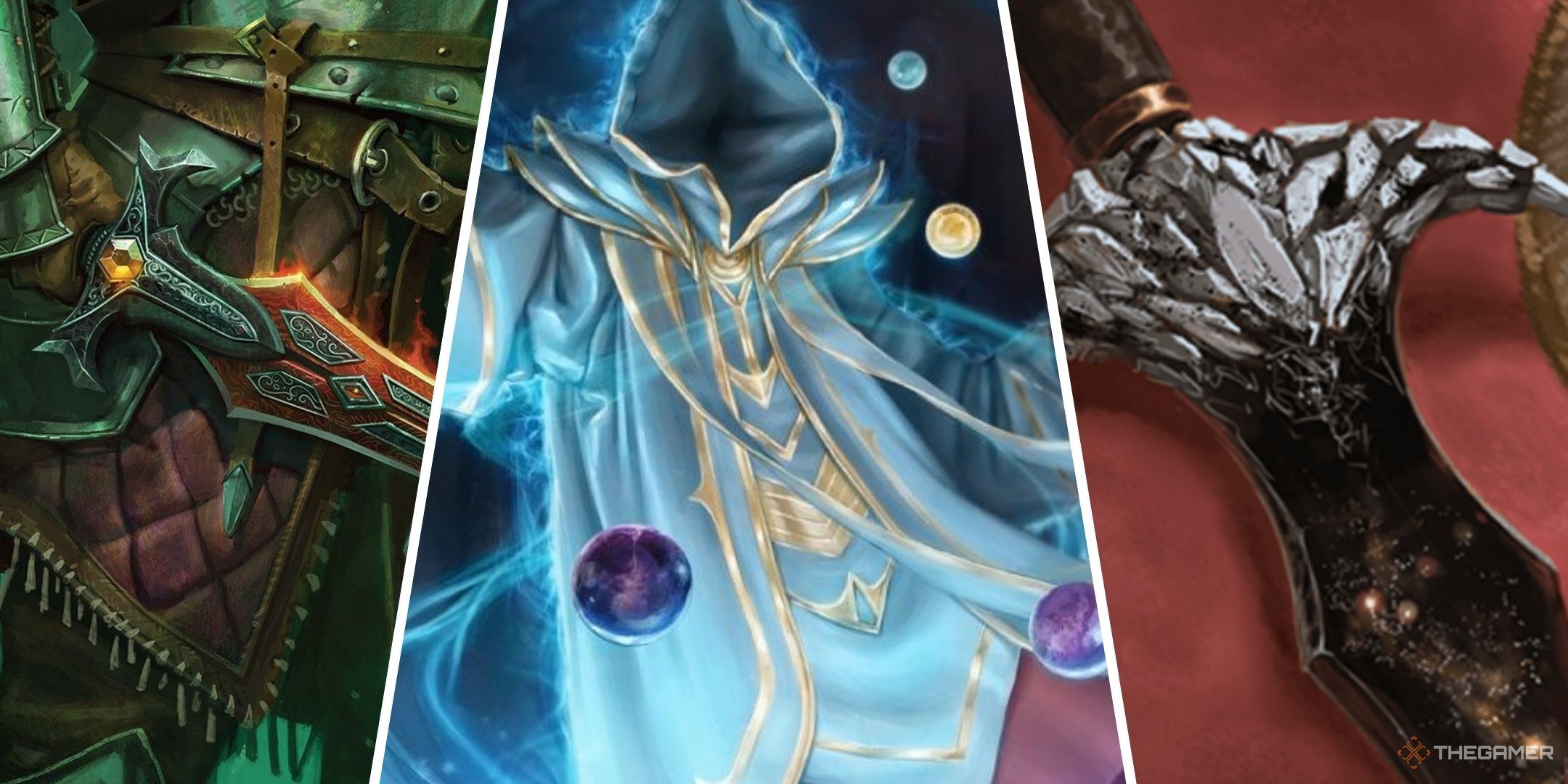
Related
Dungeons & Dragons: 20 Best Legendary Magic Items
These legendary magic items certainly live up to their title.
Constructs are typically created to serve a purpose—guardians for ancient ruins, assassins for secret orders, or laborers in magical cities. Their strength lies in their durability and single-mindedness. While many are mindless, some advanced constructs develop personalities, blurring the line between artificial life and sentience.
10
Dragon
The Legendary Icons Of Fantasy
Dragons are among the most iconic creatures in D&D, embodying raw power, ancient wisdom, and elemental might. They come in two main varieties: chromatic (evil) and metallic (good), each with unique breath weapons and magical abilities. Dragons grow stronger as they age, with ancient dragons being near god-like in strength.
Beyond their combat prowess, dragons are intelligent and cunning, and often influence the world around them through politics, hoarding treasure, or manipulating civilizations. Facing a dragon isn’t just a battle—it’s an event. They represent the ultimate test for adventurers, combining physical danger with strategic challenges.
Several other creatures, like wyverns, kobolds, and half-dragons share the dragon classification, but it is mostly due to their physical similarity to dragons rather than their unique traits. In most cases, they are minions of chromatic dragons, rarely having anything to do with the metallic side.
9
Elemental
Forces Of Nature Manifest
Elementals are beings composed entirely of natural forces—earth, air, fire, and water. They hail from the Elemental Planes and embody the raw, untamed power of their respective elements. Common elementals include fire, water, and earth elementals, each with abilities tied to their environment.
Elementals are often summoned by powerful spellcasters to serve as guardians or weapons. While many are mindless, some, like genies, possess intelligence and personality. Battling an elemental requires creative tactics, especially when they control their surroundings, turning the environment into an extension of their power.
8
Fey
Mischievous Spirits Of Magic And Nature
Fey creatures hail from the mystical Feywild, a realm where magic and emotion intertwine. They’re known for their whimsical, unpredictable nature, ranging from benevolent dryads and pixies to malevolent hags and goblins. The Fey often embody nature’s beauty and cruelty simultaneously.
Fey creatures thrive on trickery, riddles, and strange bargains. Their motivations can be alien to mortals, driven by emotion rather than logic. Encounters with fey often involve social intrigue or moral dilemmas, making them fascinating NPCs or adversaries beyond simple combat encounters.
7
Fiend
Denizens Of Hellish Realms
Fiends are evil extraplanar beings from the Lower Planes, embodying corruption, destruction, and chaos. They include devils from the Nine Hells, demons from the Abyss, and other malevolent entities like yugoloths. Fiends often wield dark magic, making pacts with mortals or manipulating events from behind the scenes.
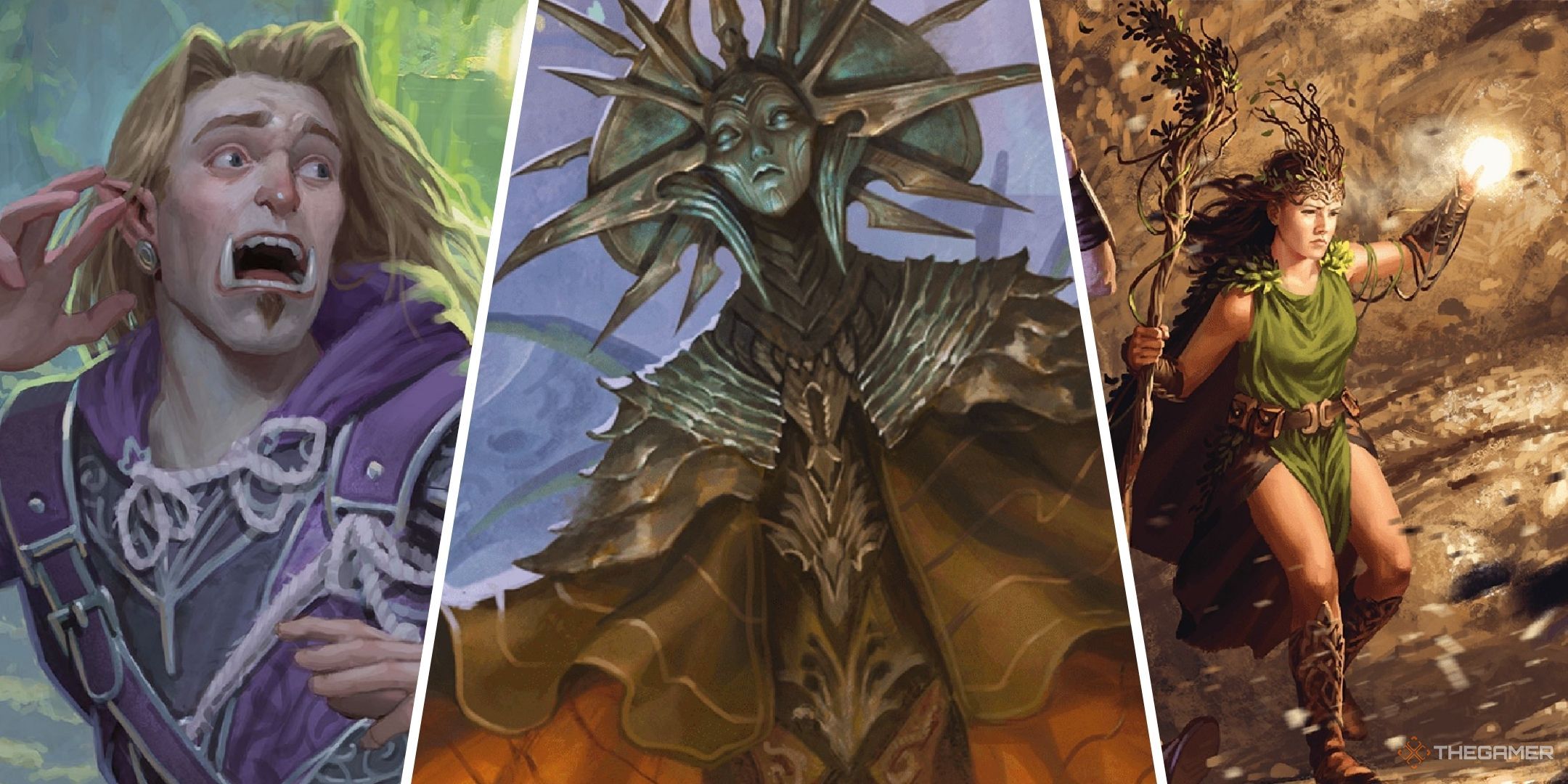
Related
Dungeons & Dragons: Tips For When Players Deviate From The Plan
Because no DM has ever had things go 100 percent the way they expected.
While demons thrive on chaos and destruction, devils are schemers, bound by contracts and hierarchies. Their power and influence make them both formidable foes and dangerous allies. Dealing with fiends often involves not just battle but navigating twisted bargains with devastating consequences.
6
Giant
Massive Beings Of Strength And Honor
Giants are towering humanoid creatures with immense strength and ancient cultures. They come in various types—hill, stone, frost, fire, cloud, and storm giants—each with distinct societies and abilities. Among the more feral giants, we can find trolls, ogres, ettins, and fomorians.
The archetypical giants aren’t just brute force; they have rich traditions, complex political systems, and even magical prowess. While some, like hill giants, are simple-minded and aggressive, others, like storm giants, are wise seers. Facing a giant often means more than combat—it can involve diplomacy, survival, or unraveling ancient lore.
5
Humanoid
The Most Diverse Creatures In The Multiverse
Humanoids are bipedal creatures with human-like features, including dwarves, orcs, and obviously, humans. They’re the most common creature type in D&D, encompassing player characters and most NPCs. Humanoids vary widely in culture, abilities, and moral alignment, reflecting the diversity of D&D’s world-building.
When certain types of creatures, like Gith or Elves, spend generations in the Material Plane, their creature type changes to humanoid.
Unlike other creature types, humanoids are defined more by their roles and professions than by inherent magical abilities. This makes them versatile foes and allies. While dragons may be more powerful, humanoids often drive the game’s deepest stories through politics, personal conflicts, and complex motivations.
4
Monstrosity
Creatures That Defy Natural Order
Monstrosities are unnatural creatures that don’t fit into other categories. They’re often the result of magical experimentation, curses, or ancient evils. Examples include mimics, chimeras, and owlbears—beasts with terrifying forms and unpredictable abilities.
Unnatural combinations of creatures often lead to monstrosities, as is the case with werewolves or kenku.
While they may seem animalistic, many monstrosities possess intelligence and unique powers that make them dangerous beyond brute strength. They’re commonly used as apex predators, magical experiments gone wrong, or legendary creatures lurking in forgotten places. Their mysterious origins often add an element of fear and wonder to encounters.
3
Ooze
Amorphous Blobs Of Consumption
Oozes are gelatinous creatures known for their mindless hunger and corrosive nature. They include gelatinous cubes, black puddings, and gray oozes, which dissolve anything in their path. Oozes are often found lurking in dungeons, using their ability to squeeze through tight spaces and ambush unsuspecting adventurers.
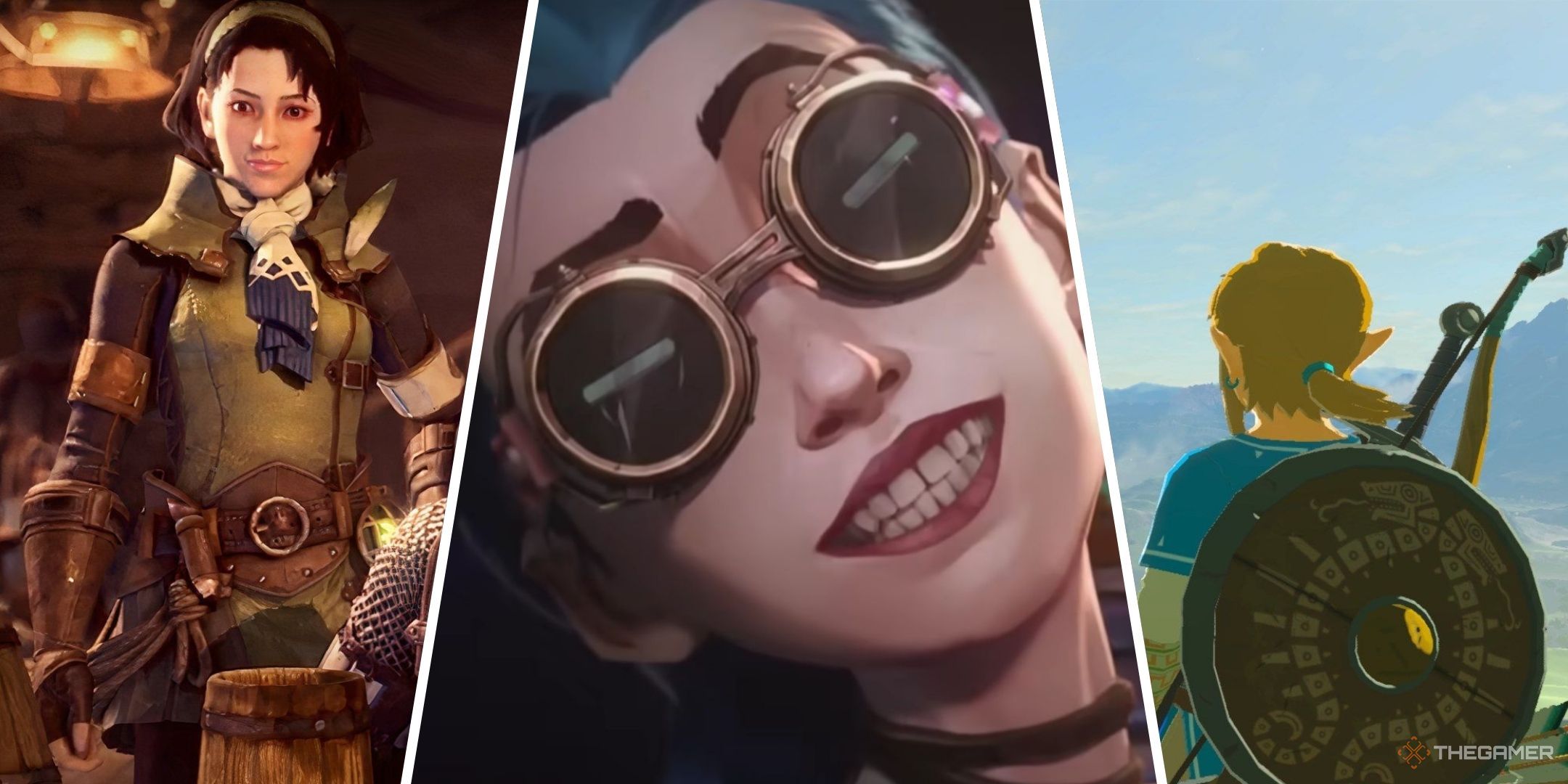
Related
Dungeons & Dragons: 7 Crossover Modules We’d Love To See
Dungeons & Dragons is a lot more than just Faerun, and these crossovers could be great settings.
Their lack of intelligence makes them simple foes, but their resistances and corrosive abilities can catch unprepared parties off guard. Oozes are perfect for creating tension in exploration-heavy adventures, as they turn even the environment itself into a deadly threat.
2
Plant
Living Flora With A Mind Of Its Own
Plant creatures in D&D range from sentient fungi to massive, predatory trees. Examples include shambling mounds, blights, and treants. While some plant creatures are natural evolutions, others are the result of magical influence or corruption.
Plants often rely on controlling the battlefield, using entangling vines and poisonous spores, among other strategies. They thrive in environments where they can blend in, making them excellent ambush predators. Encounters with plant creatures often involve both environmental hazards and direct combat, challenging players to adapt their strategies.
1
Undead
The Restless Dead That Defy Mortality
Undead creatures are beings animated by dark magic, refusing to pass into the afterlife. They range from mindless skeletons and zombies to intelligent liches, vampires, and wights. Undead are often tied to necromantic rituals, curses, or tragic backstories.
What makes the undead dangerous isn’t just their resilience but their supernatural abilities—draining life, spreading fear, or controlling the minds of the living. They’re a staple of D&D horror, symbolizing both physical threats and existential dread. Whether as cursed kings or ancient horrors, the undead are timeless foes in any adventure.
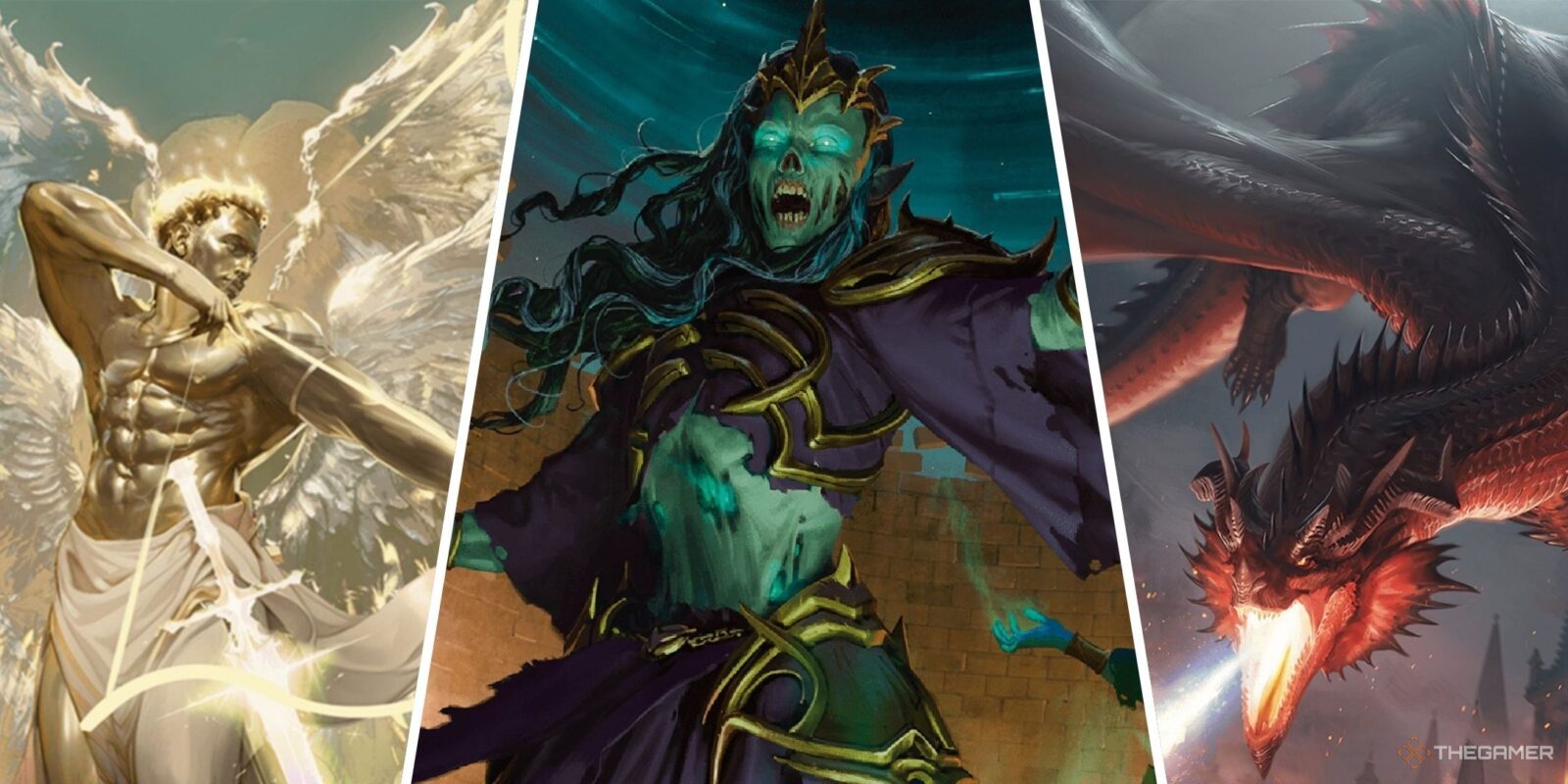
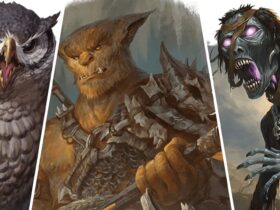
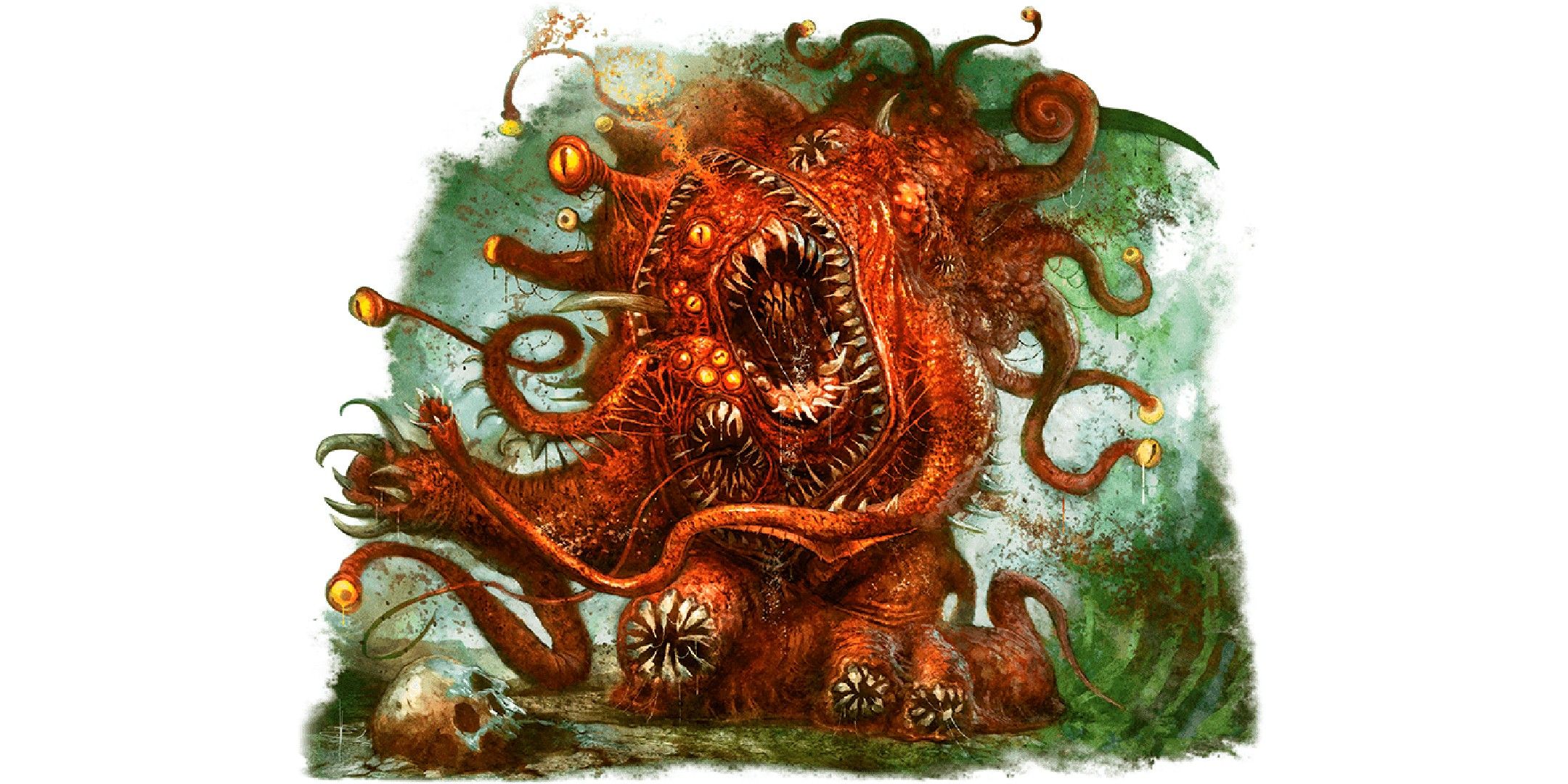
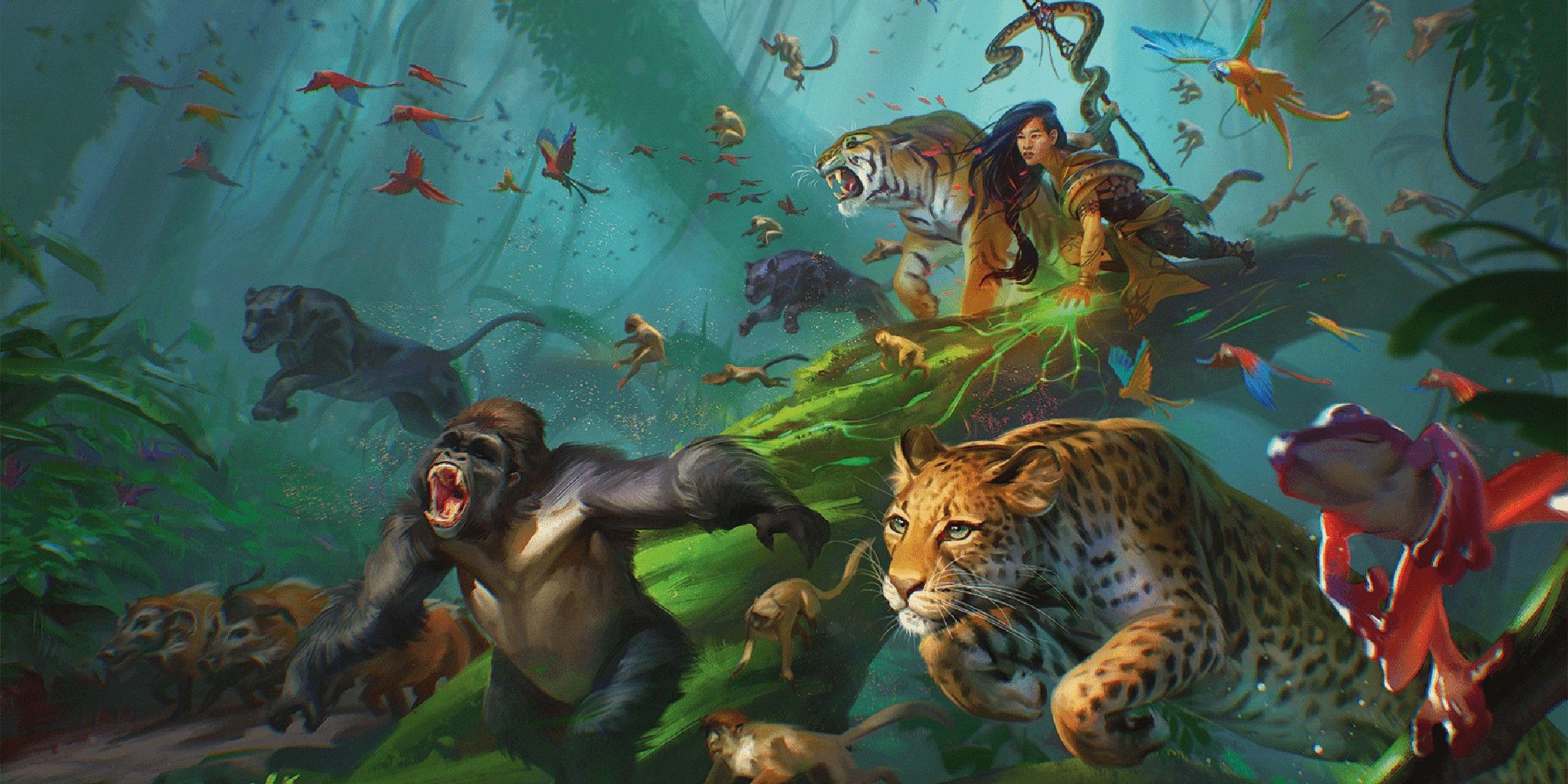
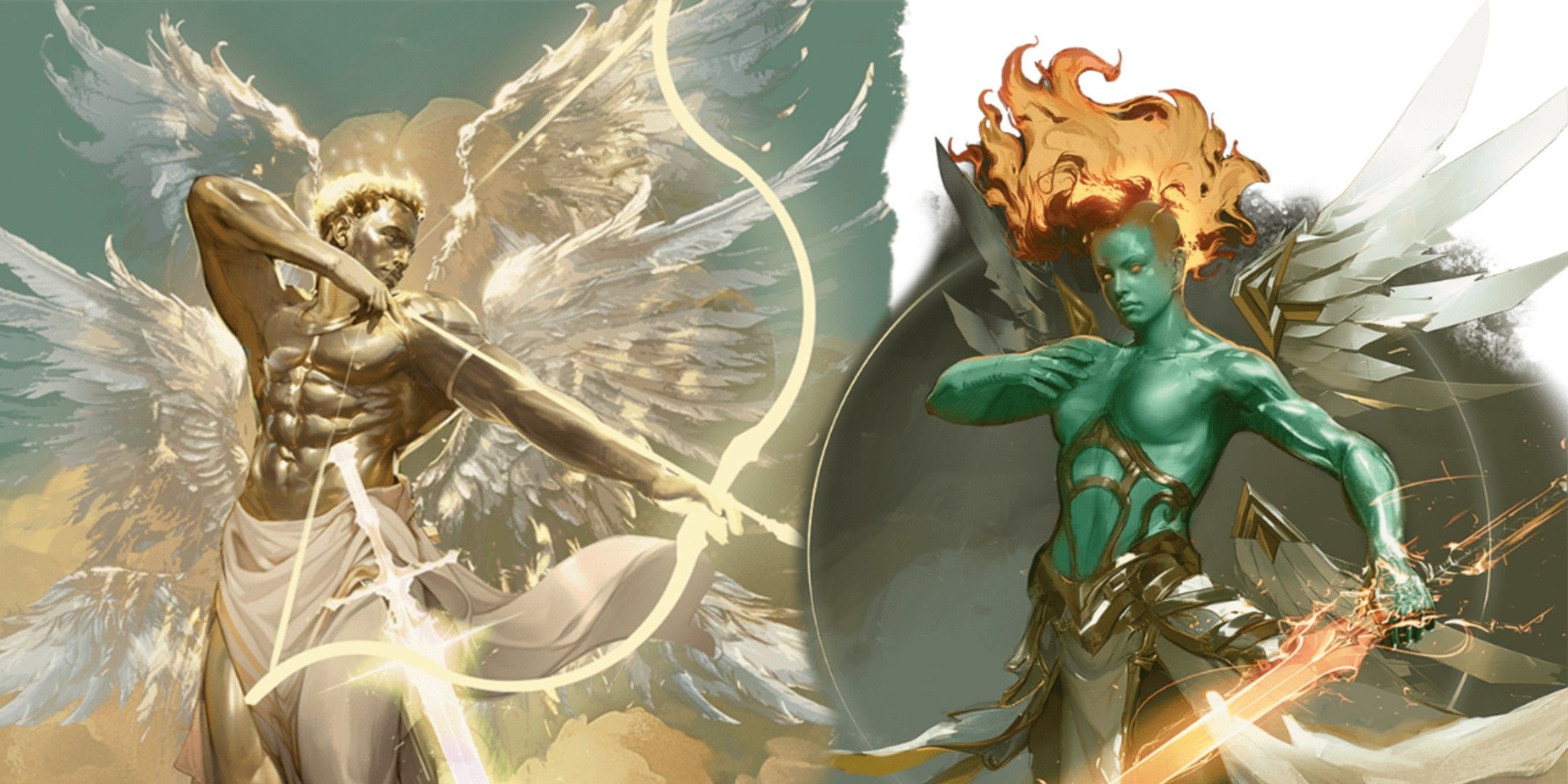
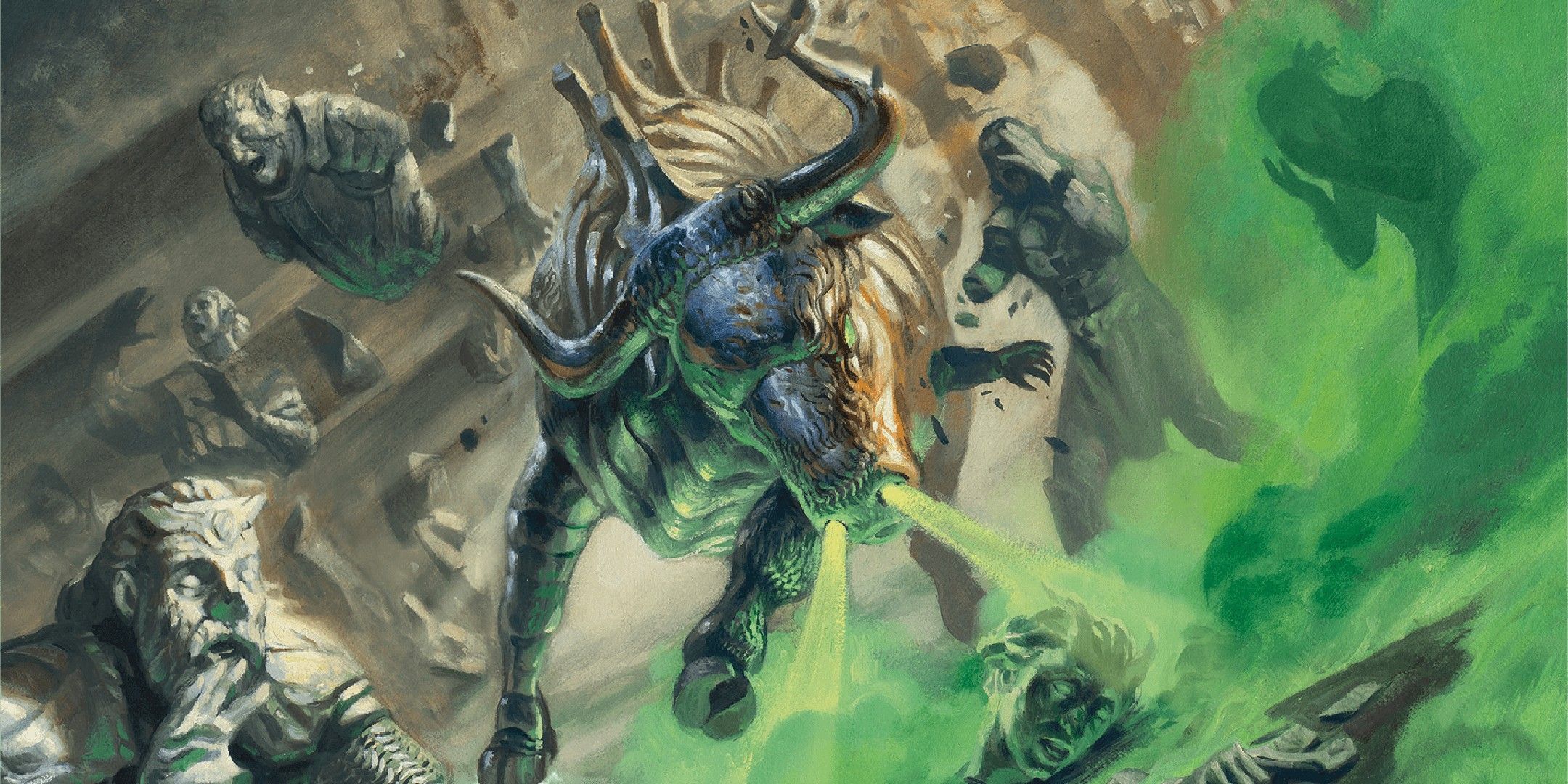
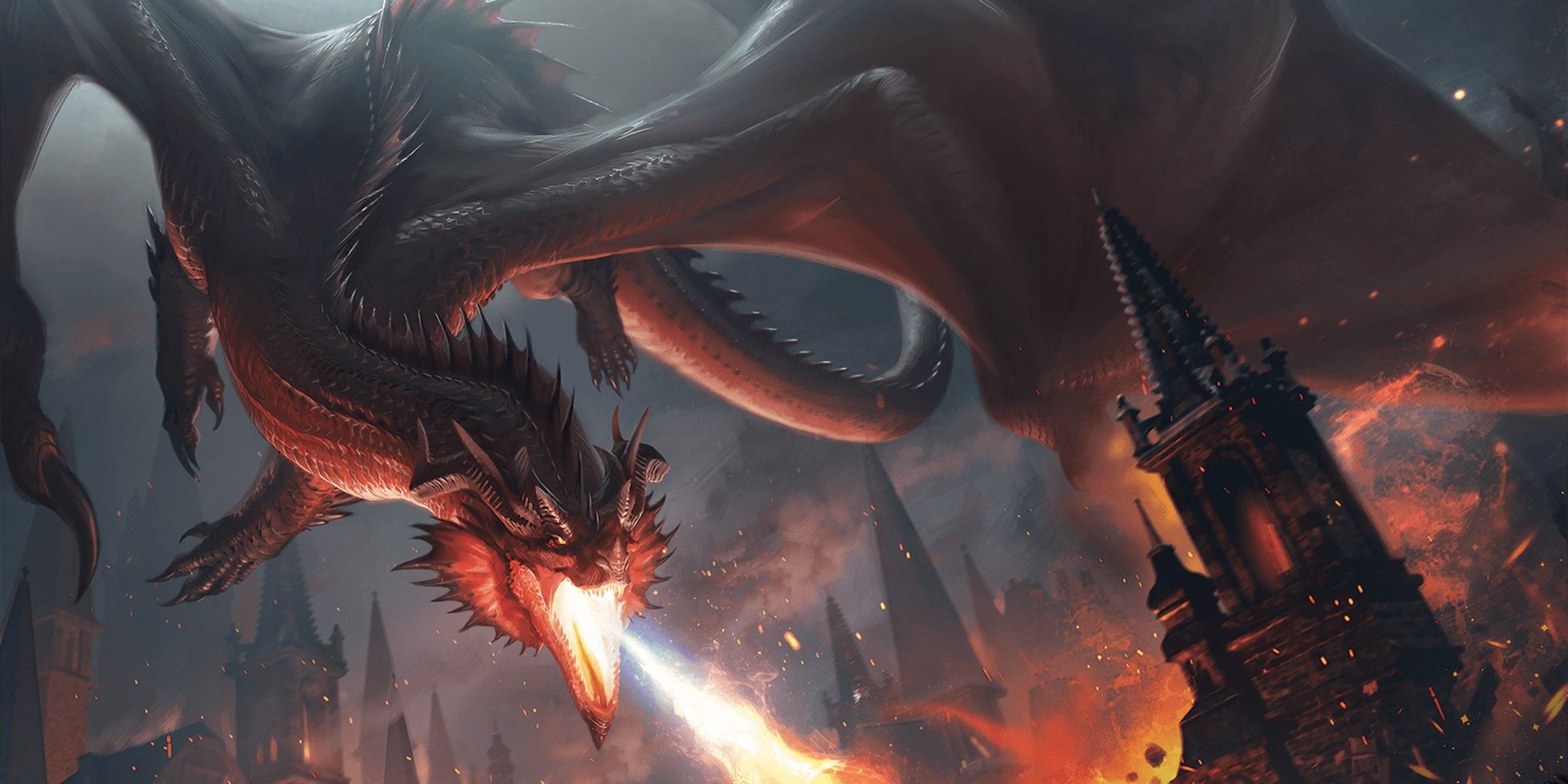
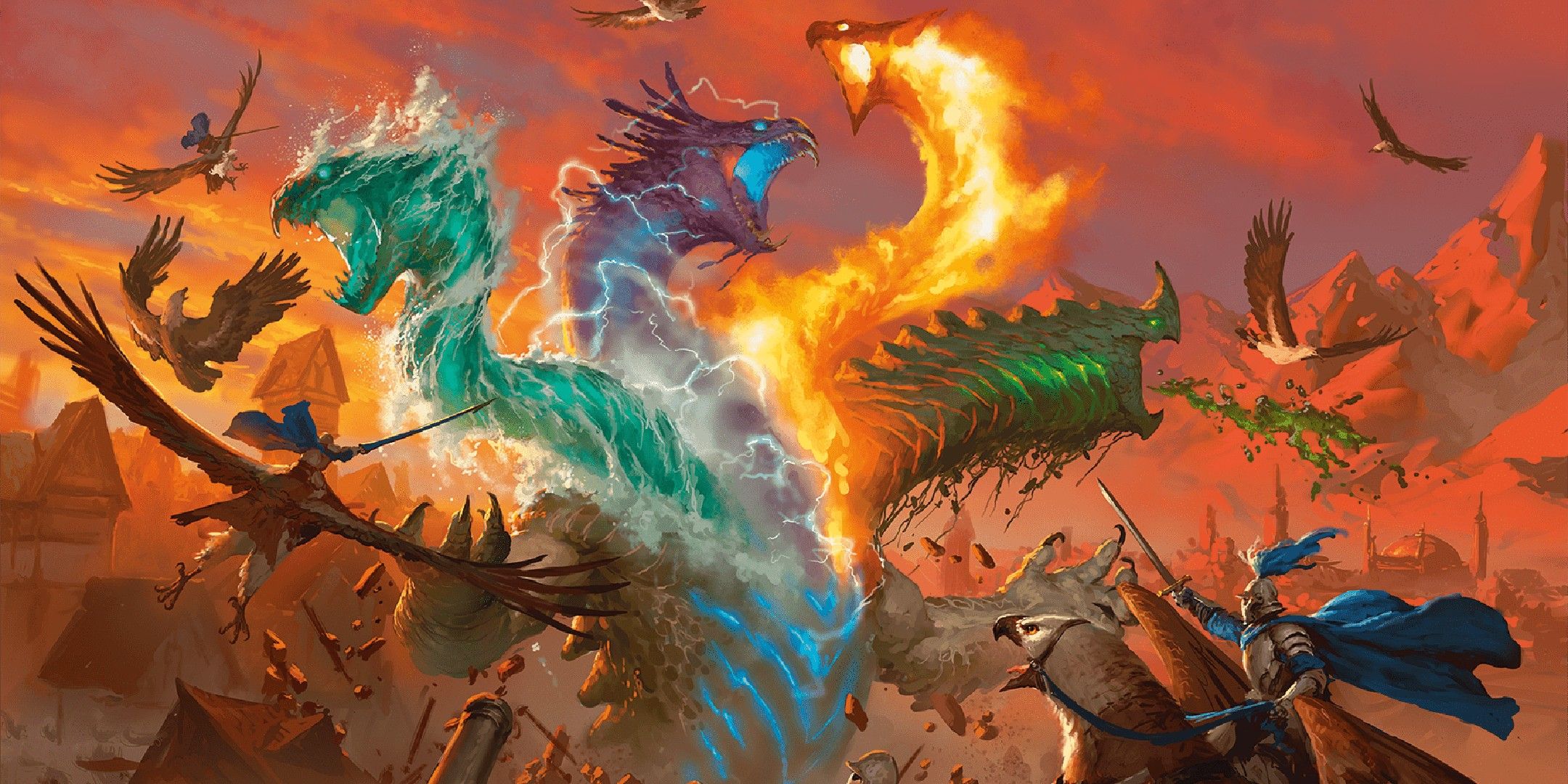
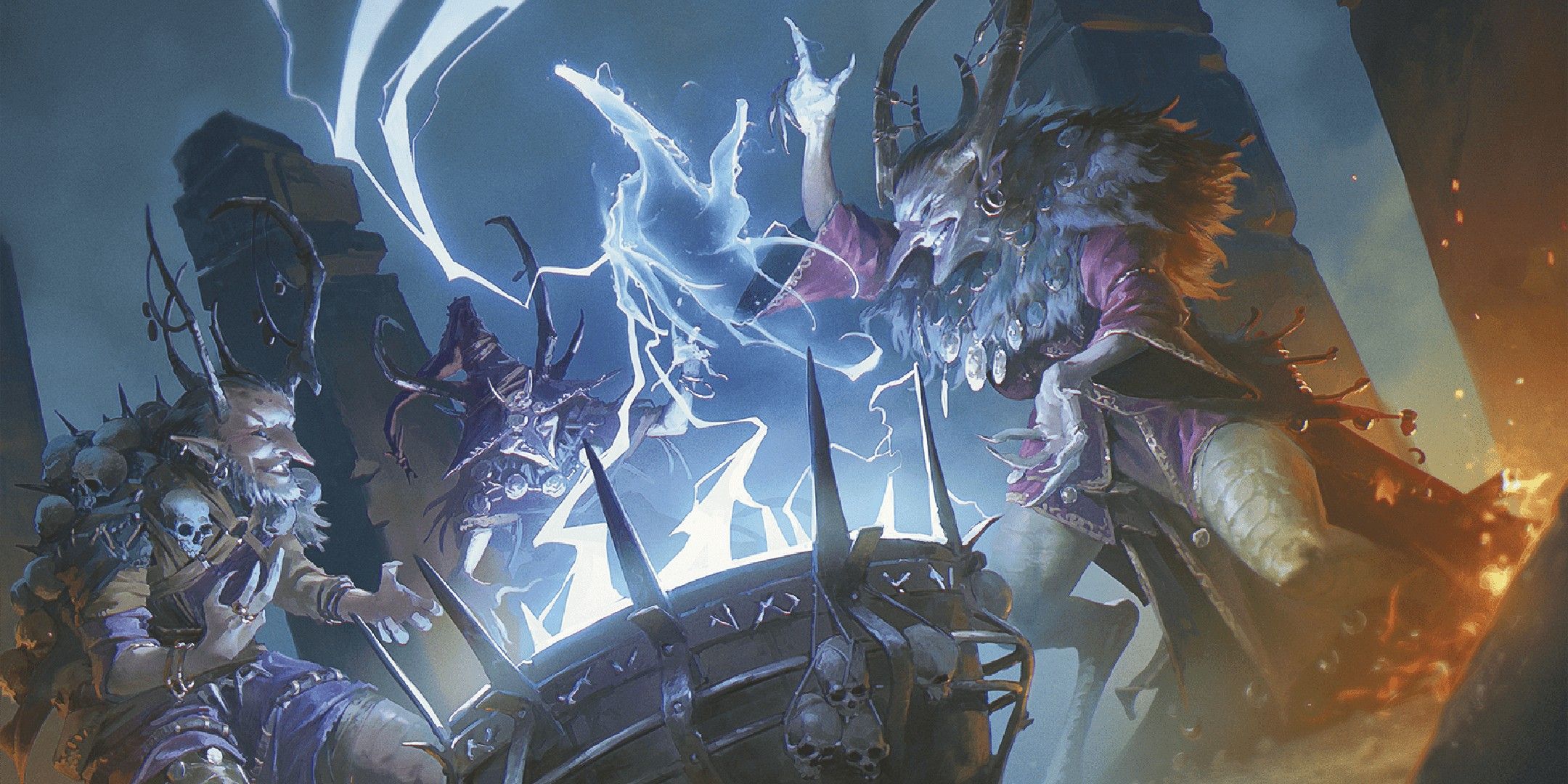
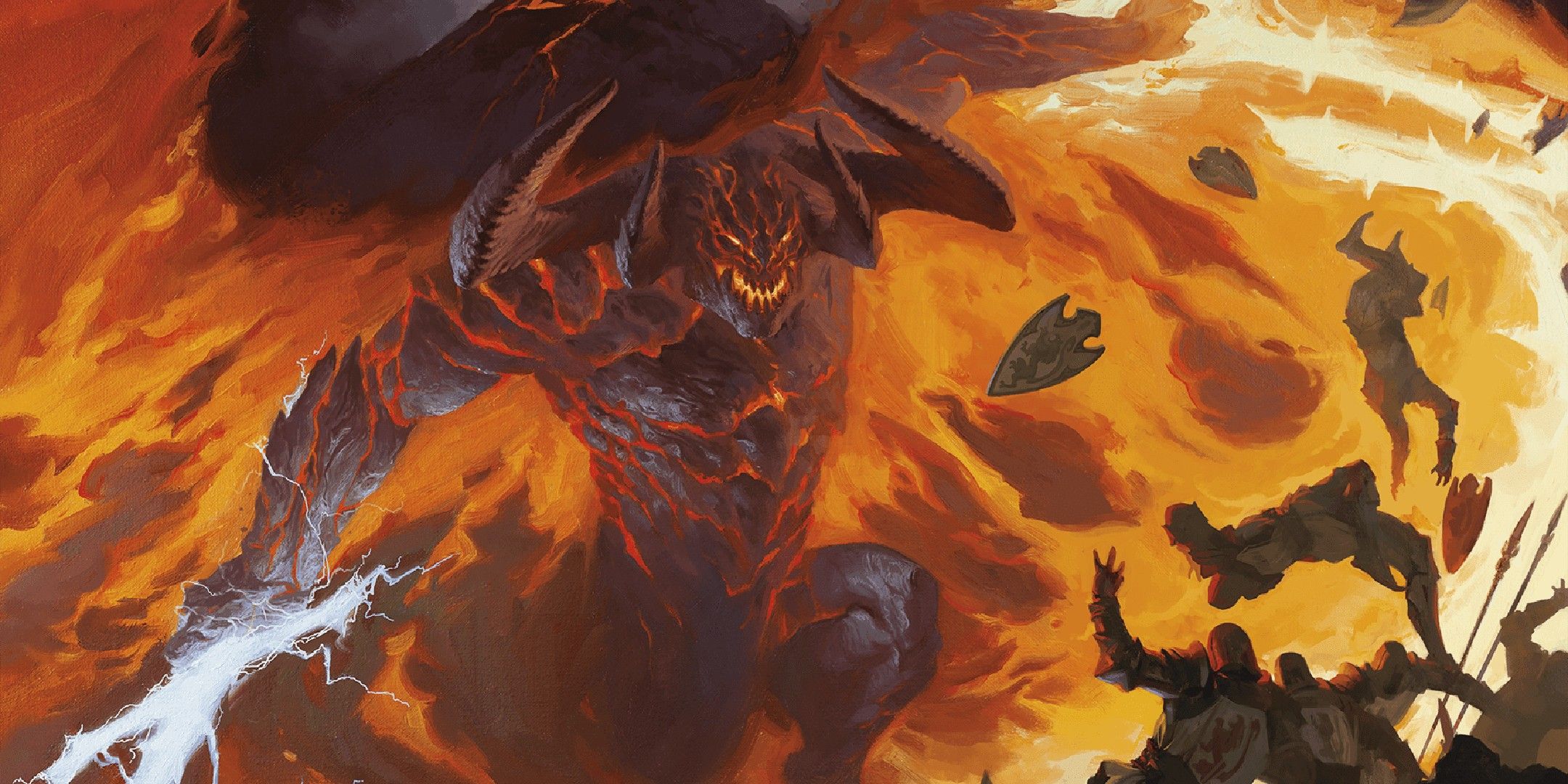
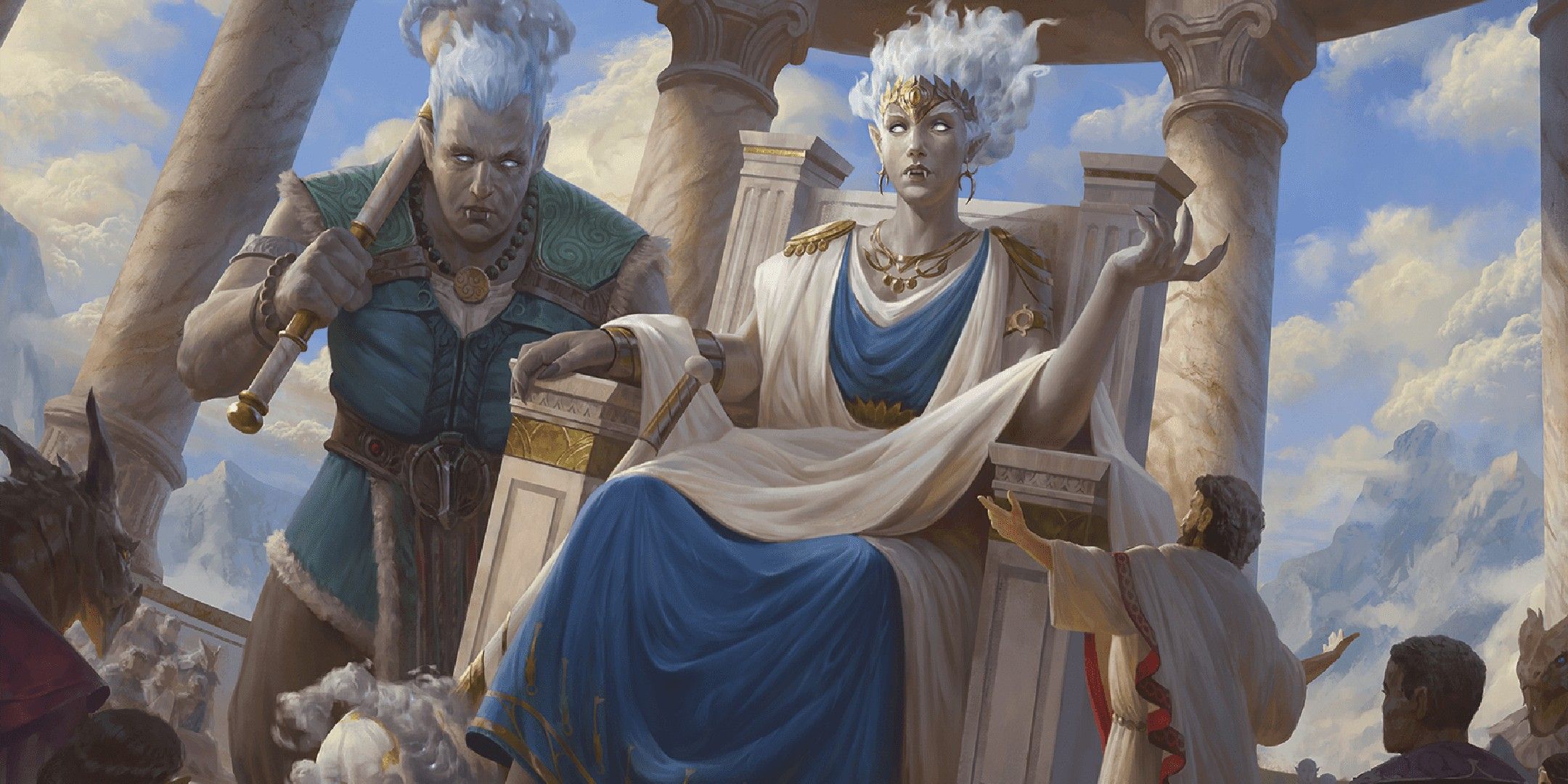
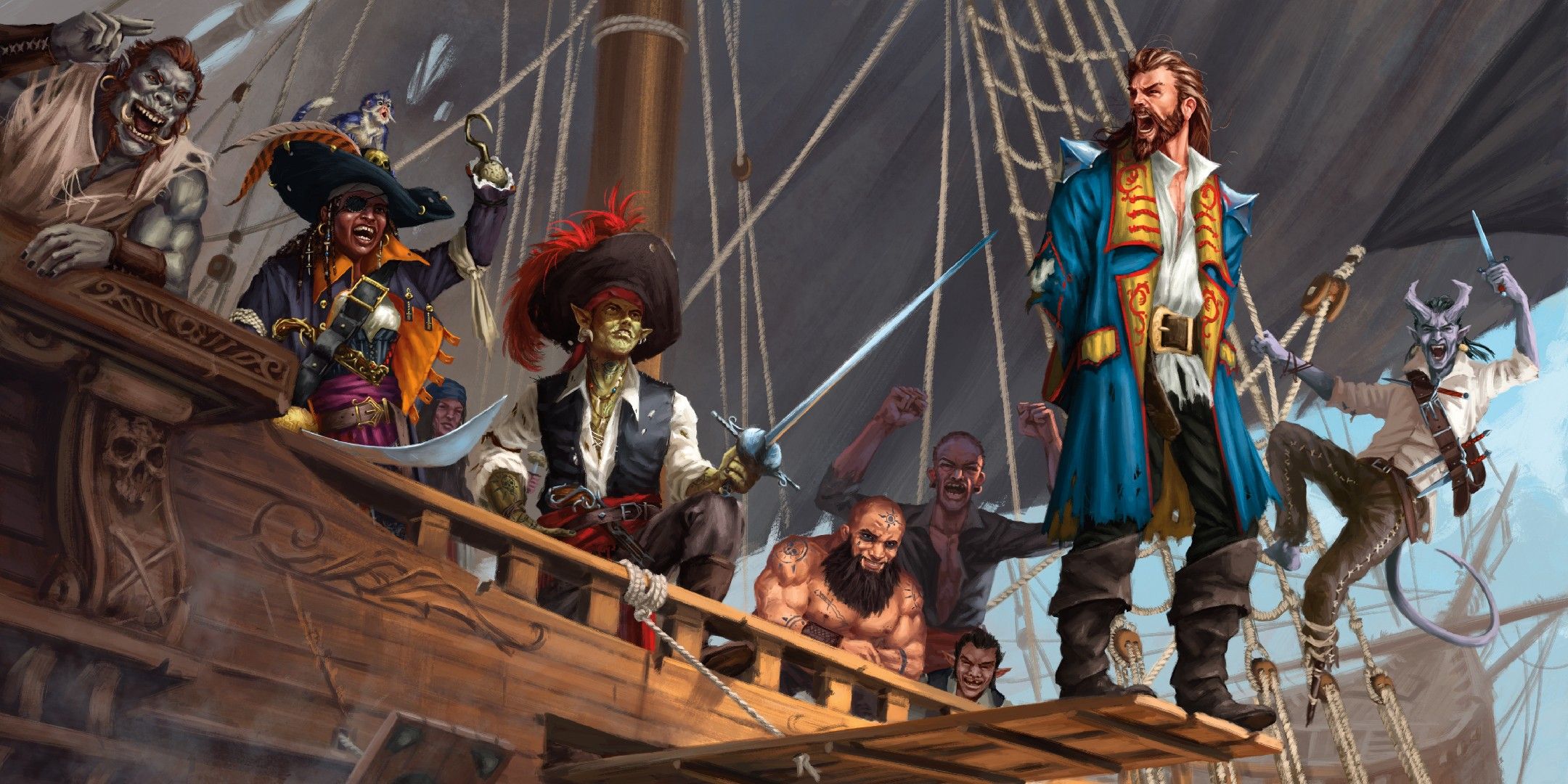
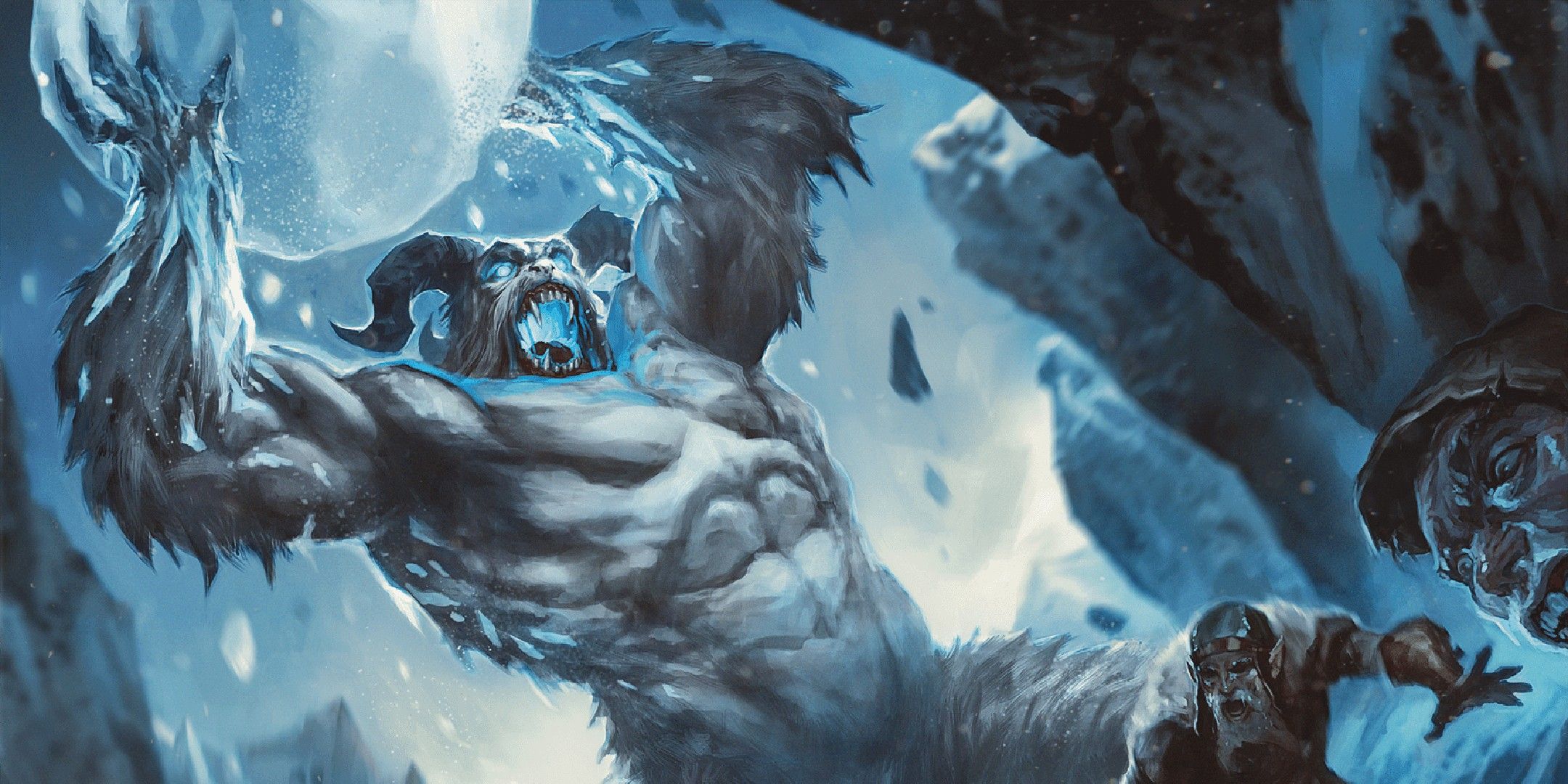
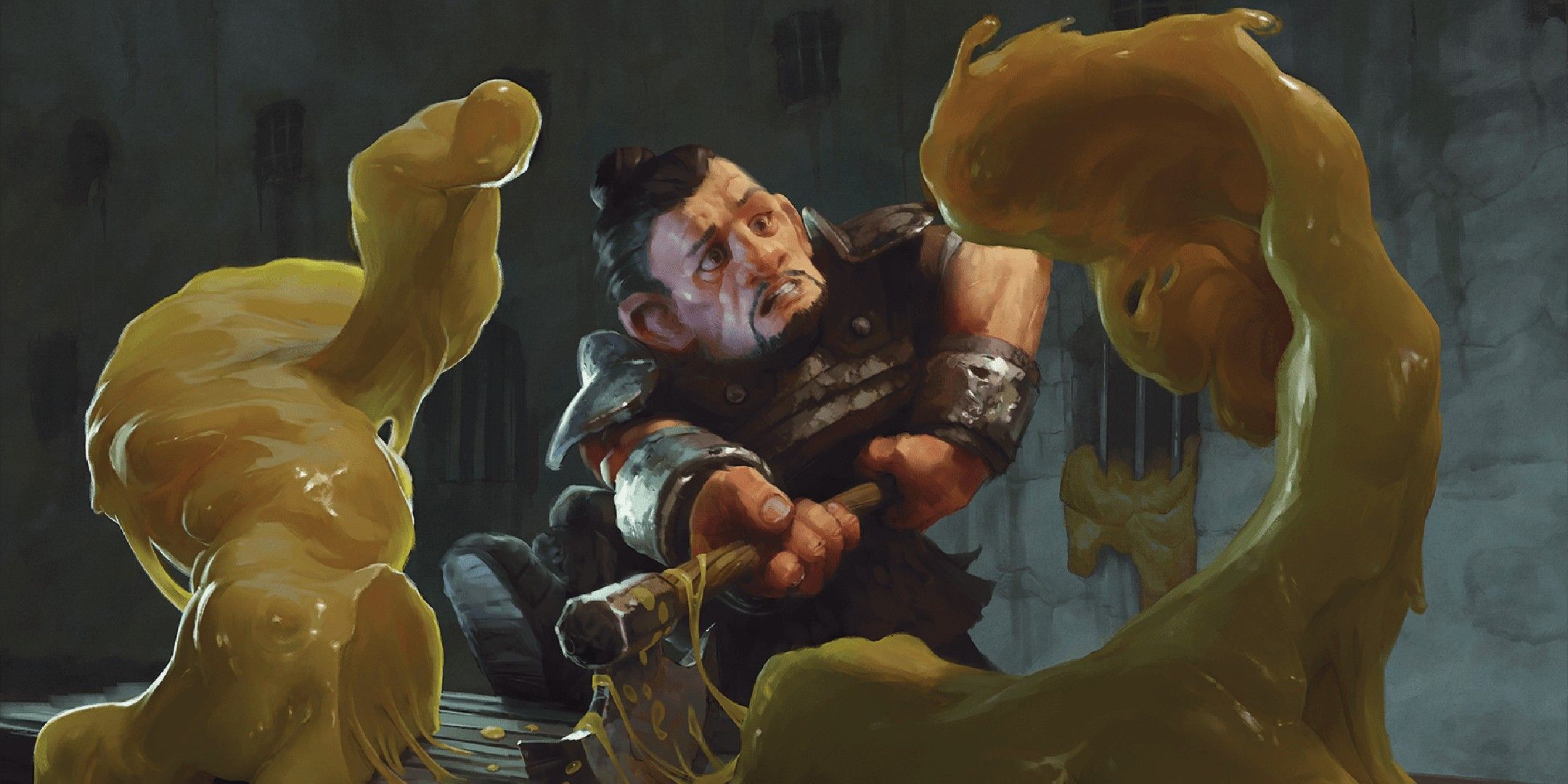
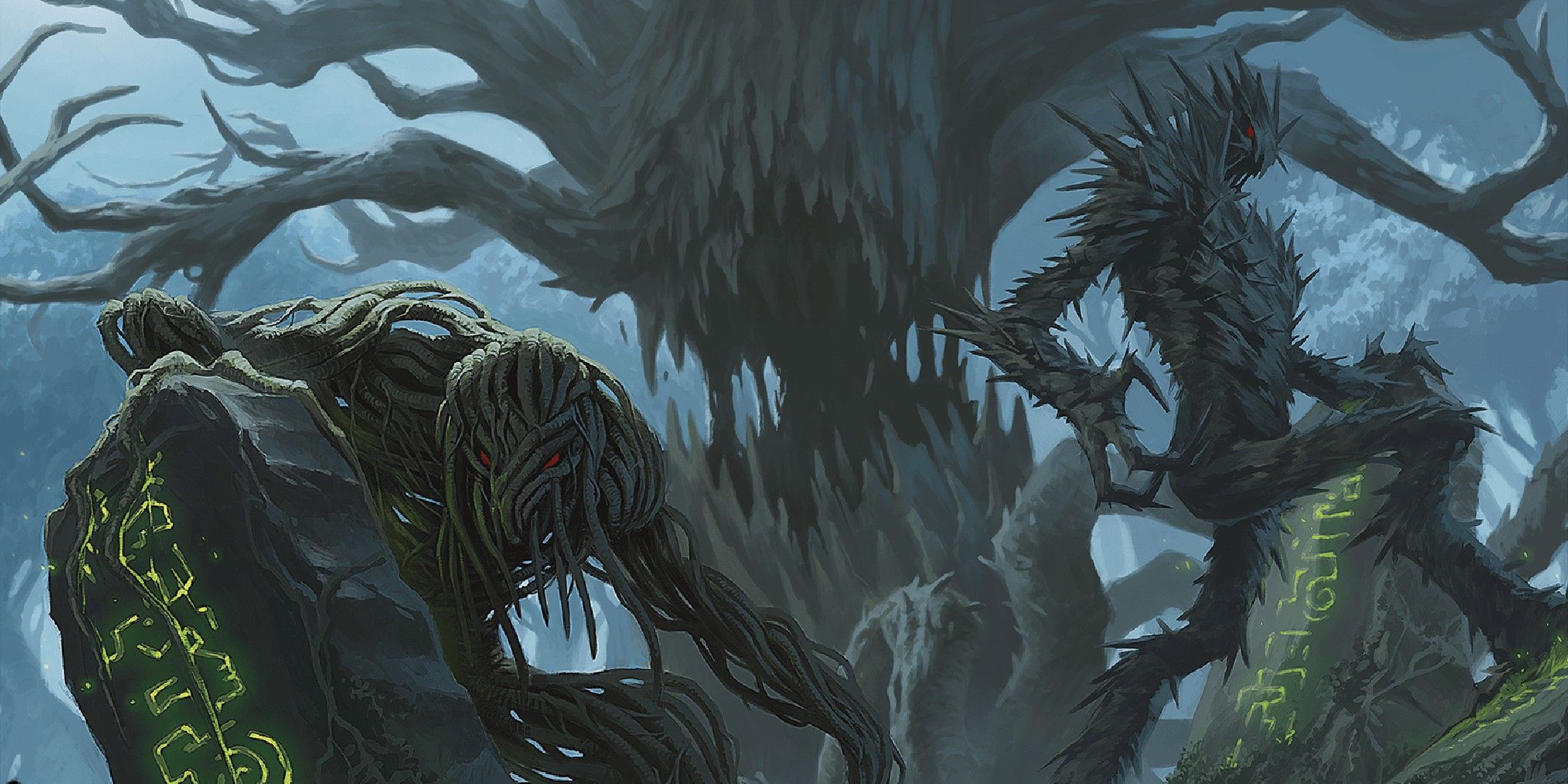
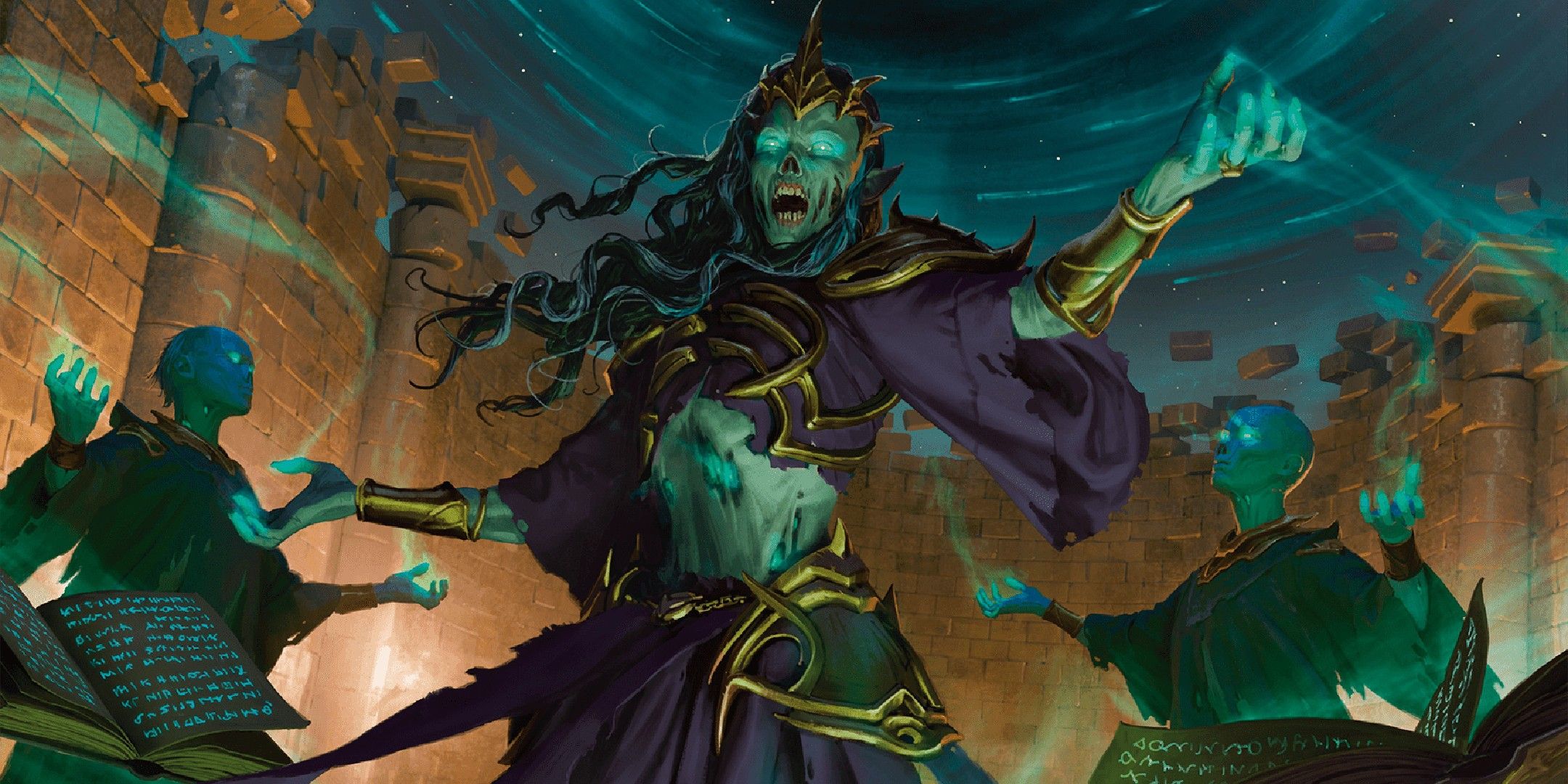
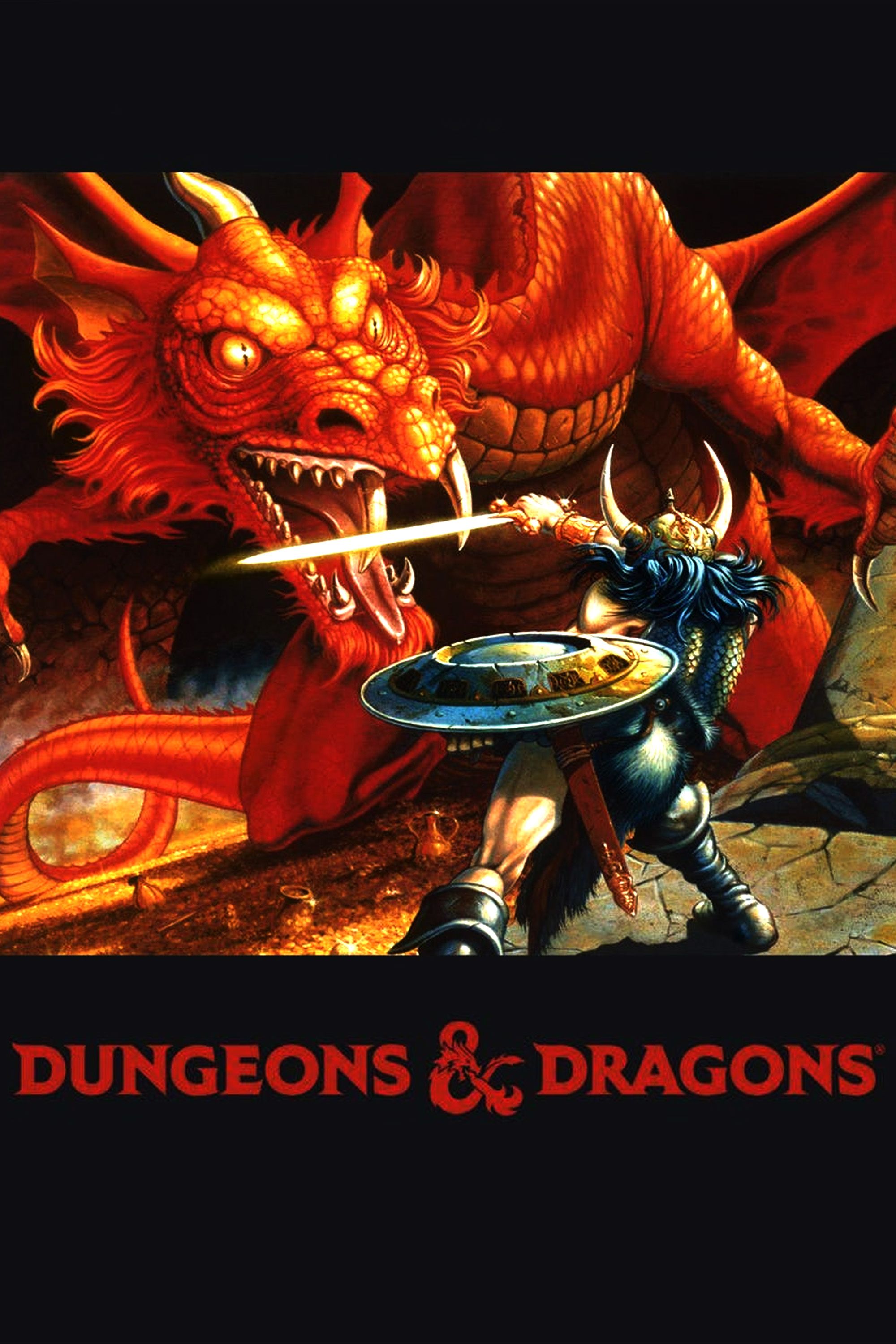
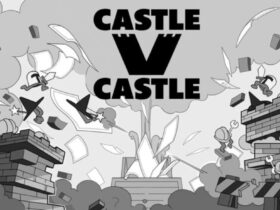
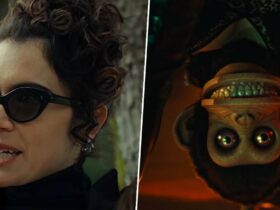
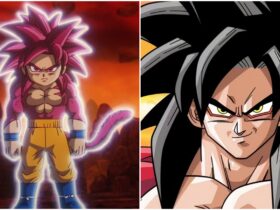
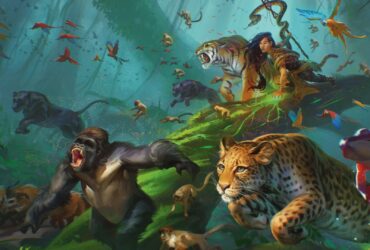
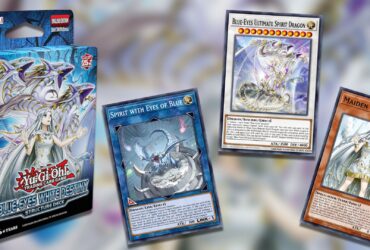
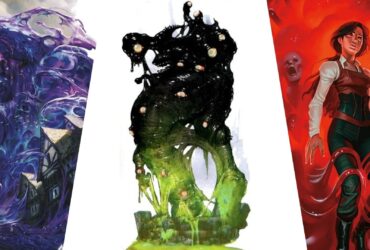
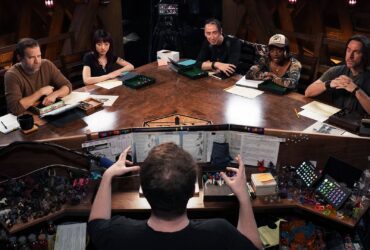
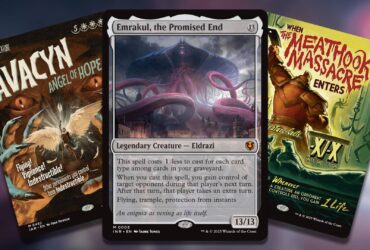
Leave a Reply